My journey at Prozis was about turning challenges into opportunities, leading to a successful UX Team and the integration of a user-centered design approach within an engineering-focused company.
My journey at Prozis was about turning challenges into opportunities, leading to a successful UX Team and the integration of a user-centered design approach within an engineering-focused company.
COMPANY
COMPANY
Prozis
Prozis
ROLE
ROLE
Head of User Experience
Head of User Experience
SKILLS
SKILLS
Design Leadership & Management, Product Design, Design Systems
Design Leadership & Management, Product Design, Design Systems
THE SCOPE
THE SCOPE
At Prozis, my mission was to build a comprehensive UX practice from the ground up, tailored to enhance both B2B and B2C products. This included the company's internal back offices, which were crucial for business management, as well as the consumer-facing nutrition and wellness e-commerce platform and the fitness mobile app. The scope of my role encompassed not only the creation of a UX team but also the development of a cohesive design language and the implementation of a user-centered design process across the organization.
At Prozis, my mission was to build a comprehensive UX practice from the ground up, tailored to enhance both B2B and B2C products. This included the company's internal back offices, which were crucial for business management, as well as the consumer-facing nutrition and wellness e-commerce platform and the fitness mobile app. The scope of my role encompassed not only the creation of a UX team but also the development of a cohesive design language and the implementation of a user-centered design process across the organization.
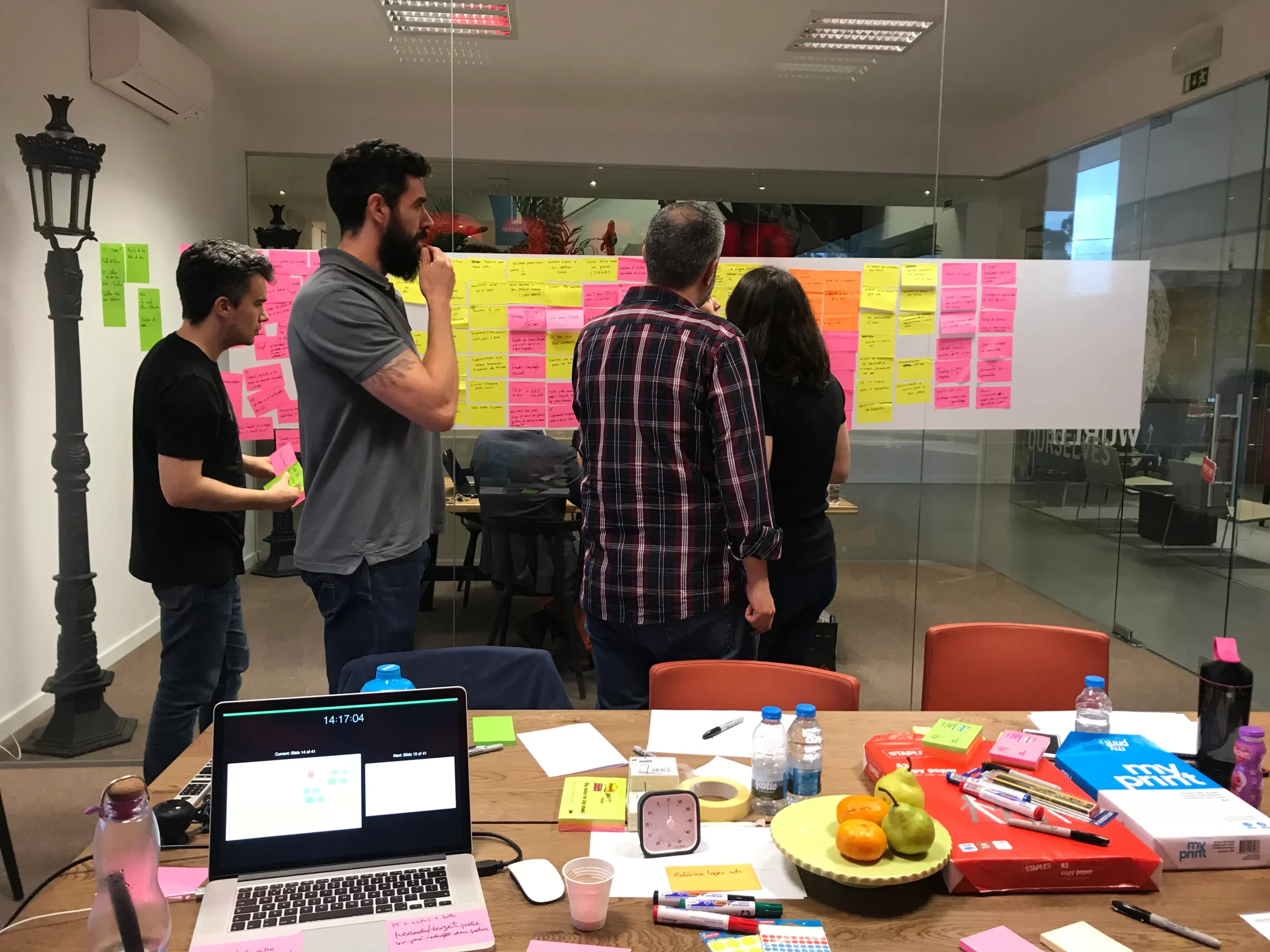
LEADERSHIP CHALLENGE
The primary leadership challenge was to establish a UX practice within an engineering-led environment where such a focus was previously underdeveloped. This involved demonstrating the value of UX, integrating it with business goals, and fostering a culture of design thinking. I was responsible for managing a non-centralized team, ensuring that designers were allocated based on their profile, skillset, seniority, and specialization. Another layer of my role was to combine profiles strategically, complementing skillsets to form robust teams capable of tackling complex design challenges. My leadership extended to integrating UX with existing business processes, ensuring alignment with the company’s strategic goals, and fostering a collaborative culture with stakeholders, including the CEO and Chairman.
The primary leadership challenge was to establish a UX practice within an engineering-led environment where such a focus was previously underdeveloped. This involved demonstrating the value of UX, integrating it with business goals, and fostering a culture of design thinking. I was responsible for managing a non-centralized team, ensuring that designers were allocated based on their profile, skillset, seniority, and specialization. Another layer of my role was to combine profiles strategically, complementing skillsets to form robust teams capable of tackling complex design challenges. My leadership extended to integrating UX with existing business processes, ensuring alignment with the company’s strategic goals, and fostering a collaborative culture with stakeholders, including the CEO and Chairman.
KEY ACHIEVEMENTS










KEY ACHIEVEMENTS












This experience taught me the value of strategic team building, the impact of consistent feedback and personal growth, and the importance of stakeholder collaboration in achieving design success. These insights have been crucial to my development as a UX leader and in fostering a robust UX culture at Prozis.
STRATEGY AND ACTION
STRATEGY AND ACTION
I attracted top talent by actively engaging in community building outside the company and through my public speaking engagements. Intentionally crafting the team to align with our product needs, I sought the best fit for our unique requirements. I successfully hired seven designers, thoughtfully distributing them across six products—three B2C and three B2B—ensuring a harmonious balance of skills and personalities to drive UX excellence within each product team.
When building the UX practice I focused on establishing rituals, standards, and frameworks to guide the team. This included regular design critiques for sharing work and gathering actionable feedback, as well as dedicated Wednesdays for design system development, aiming to unify the Prozis design language.
To introduce the organization to Design Thinking, I led a Design Sprint that initiated a new project, bringing together stakeholders from across the company for a collaborative and insightful experience. This was a significant accomplishment for our team, as we were able to organize and capture the interest of individuals from non-design disciplines. We stayed true to the planned five-day event, executing most of the exercises while customizing some to fit our company's unique environment and the audience's needs. By the end of the week, we had generated a comprehensive list of requirements and a polished prototype, reflecting a successful fusion of innovation and cross-departmental collaboration.
I attracted top talent by actively engaging in community building outside the company and through my public speaking engagements. Intentionally crafting the team to align with our product needs, I sought the best fit for our unique requirements. I successfully hired seven designers, thoughtfully distributing them across six products—three B2C and three B2B—ensuring a harmonious balance of skills and personalities to drive UX excellence within each product team.
When building the UX practice I focused on establishing rituals, standards, and frameworks to guide the team. This included regular design critiques for sharing work and gathering actionable feedback, as well as dedicated Wednesdays for design system development, aiming to unify the Prozis design language.
To introduce the organization to Design Thinking, I led a Design Sprint that initiated a new project, bringing together stakeholders from across the company for a collaborative and insightful experience. This was a significant accomplishment for our team, as we were able to organize and capture the interest of individuals from non-design disciplines. We stayed true to the planned five-day event, executing most of the exercises while customizing some to fit our company's unique environment and the audience's needs. By the end of the week, we had generated a comprehensive list of requirements and a polished prototype, reflecting a successful fusion of innovation and cross-departmental collaboration.
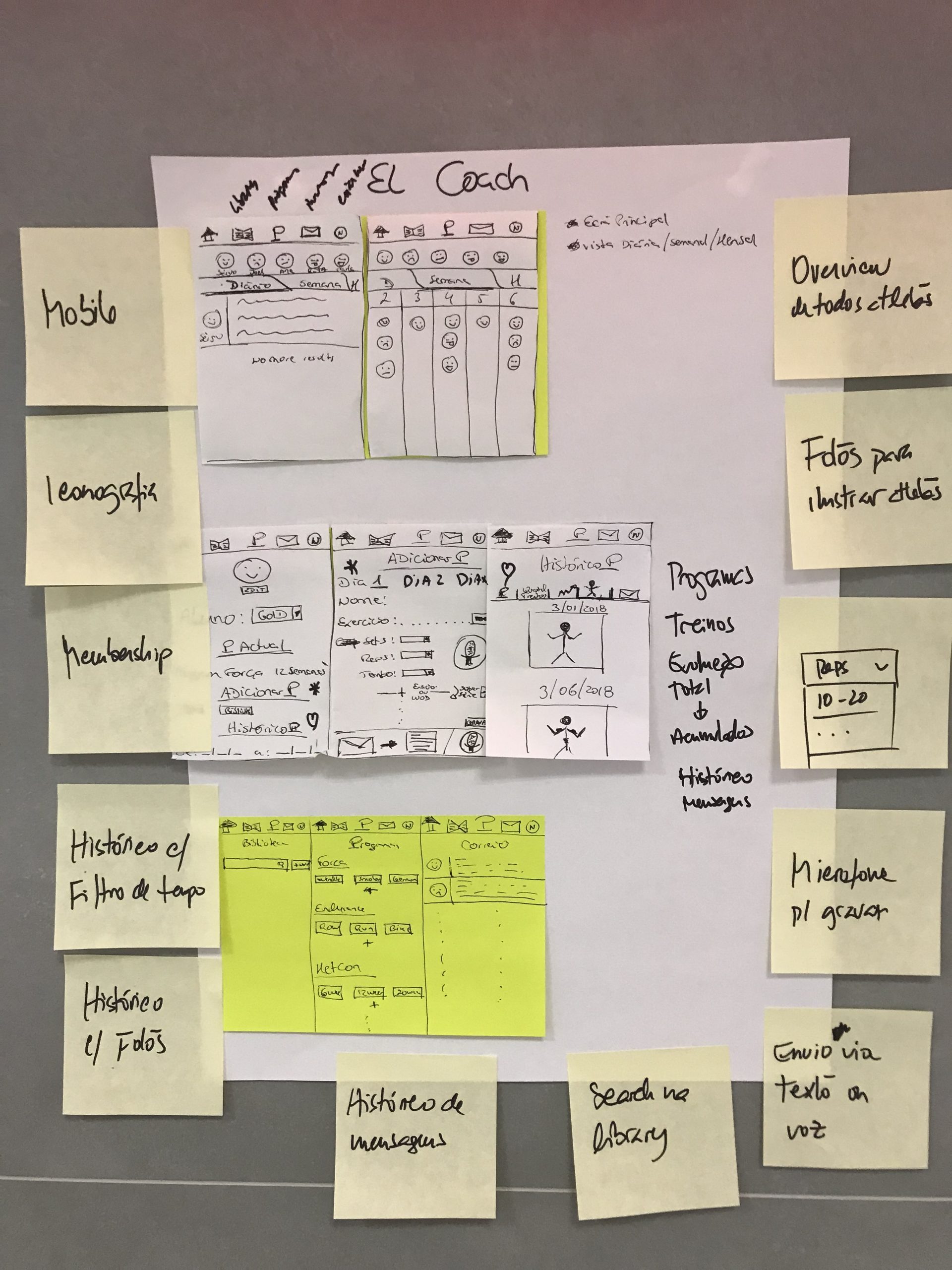
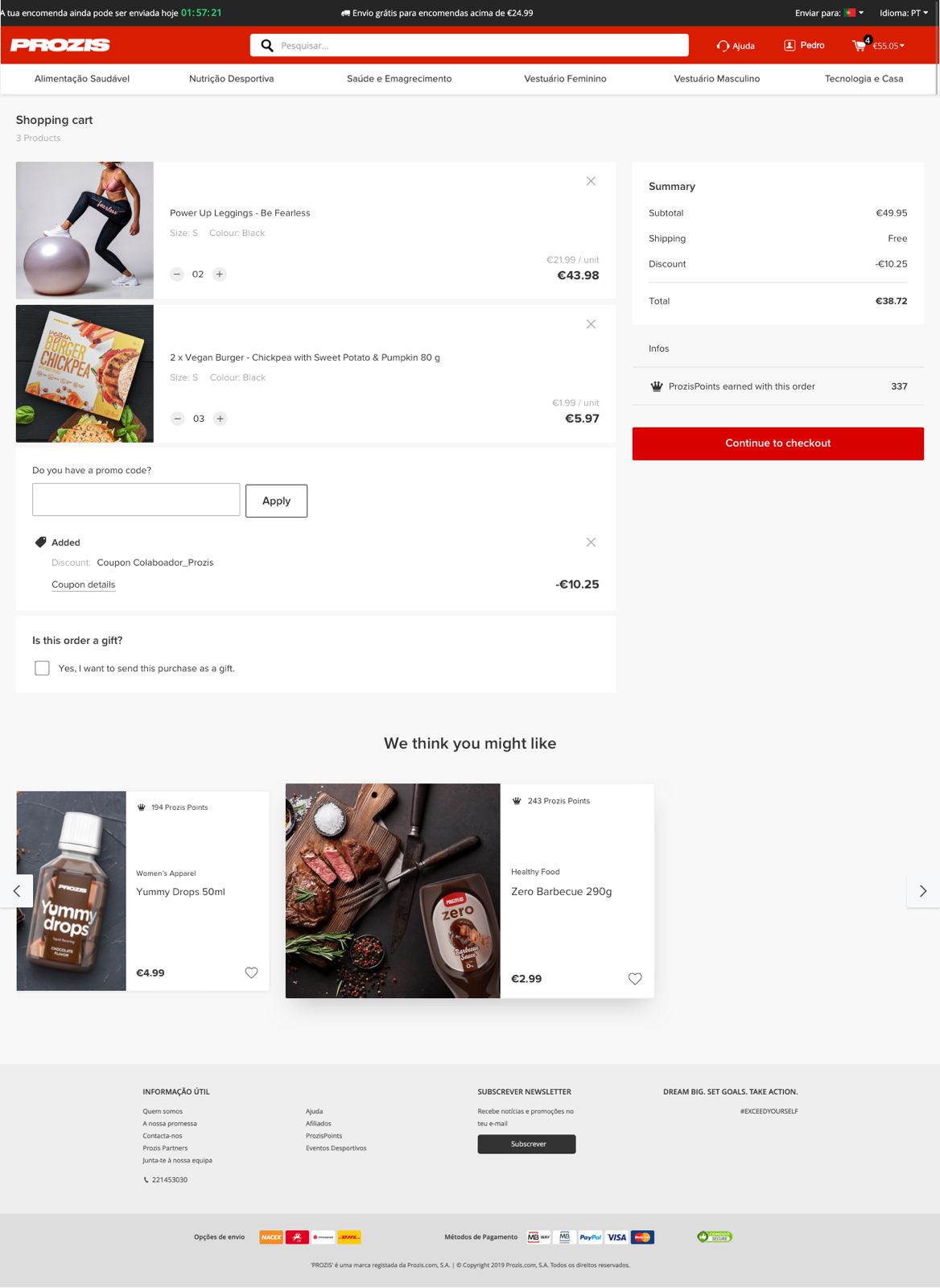
I played a pivotal role in the e-commerce revamp, working closely with a dedicated team of three designers to build a new design language and experience. My collaboration with the CEO and Chairman was crucial in transforming business needs into design direction.
We developed working prototypes to test ideas with the Chairman and ensure alignment with his vision. These prototypes also served as communication tools with the engineering team, facilitating iterative development and delivery.
While we couldn't directly quantify the impact through metrics, the positive feedback from our colleagues, B2B users, and B2C clients was indicative of our success. Users reported improvements in the ease and speed of completing daily tasks. Additionally, the revamp of our e-commerce platform, particularly the homepage, main navigation, and checkout experience, increased revenue.
PEOPLE AND TEAM MANAGEMENT
As I mentioned above I built the UX team by hiring talent suited for both B2B and B2C products, managing the allocation of designers as a talent pool, and creating strong, complementary teams, but not only that. In the hiring process, I prioritized identifying the type of talent that would best fit our team, often contemplating whether a candidate was more of a "hunter" or a "farmer" in terms of their approach to UX design. This consideration was crucial in determining the right personality to represent UX within specific product teams, especially in collaboration with engineering and product departments. I meticulously evaluated how each candidate would integrate with existing product designers, what opportunities for growth I could offer them, and how I could facilitate their development. This strategic approach ensured that we not only assembled a team with diverse skill sets and specializations but also fostered an environment where each member could thrive and contribute to our collective success.
Our hiring process was straightforward yet time-intensive, a deliberate choice that allowed us the luxury of deeply engaging with candidates. In 2018 and 2019, we had the privilege of conducting all interviews in person, enriching our understanding of each applicant. Involving the team in the hiring process was a strategic decision; while I made the final choice, their input was invaluable, facilitating smoother integration and onboarding for new hires. This collaborative approach not only ensured we found the right fit for our team but also fostered a sense of collective responsibility and camaraderie from the outset.
I had 8 direct reports and I instituted regular one-on-one meetings with each team member, focusing on their professional and personal growth. We had a mind map where we mapped together goals, training, books, and feedback. Feedback sessions with peers and stakeholders were regular, fostering a culture of continuous improvement. Designers felt heard and seen, I dedicated time to listening, understanding, and coaching them. I was truly happy doing that job with them and proudly I saw juniors growing into strong and confident designers, and seniors going out of their comfort zones and shining.
After we all left the company due to organisational changes most of them managed to work together again, in the same company and same team. This made me hugely proud and happy.
IMPACT
LEARNINGS
LEARNINGS
The establishment of the UX practice at Prozis had a profound impact on the organisation. The UX team's efforts led to significant improvements in the user experience for both B2B and B2C products, resulting in increased customer satisfaction, engagement and ultimately increased revenue in the e-commerce product.
I take immense pride in the positive influence I had on my design team members. It was gratifying to see each individual flourish, drawing out their best qualities and fostering a team environment where they felt safe, supported, and empowered under my leadership.
By working closely with top management and cross-functional teams, we ensured that our design efforts were closely aligned with business objectives, leading to more strategic and impactful outcomes. This aligns with studies showing that a great user experience can lead to better revenue growth, as companies that prioritize UX design often outperform those that don't.
The establishment of the UX practice at Prozis had a profound impact on the organisation. The UX team's efforts led to significant improvements in the user experience for both B2B and B2C products, resulting in increased customer satisfaction, engagement and ultimately increased revenue in the e-commerce product.
I take immense pride in the positive influence I had on my design team members. It was gratifying to see each individual flourish, drawing out their best qualities and fostering a team environment where they felt safe, supported, and empowered under my leadership.
By working closely with top management and cross-functional teams, we ensured that our design efforts were closely aligned with business objectives, leading to more strategic and impactful outcomes. This aligns with studies showing that a great user experience can lead to better revenue growth, as companies that prioritize UX design often outperform those that don't.
From this experience, I learned the importance of strategic team building, the power of regular feedback and personal development, and the effectiveness of close collaboration with senior stakeholders in driving successful design initiatives.
These learnings have been instrumental in my growth as a UX leader and have contributed to the establishment of a strong UX culture at Prozis.
LEARNINGS
From this experience, I learned the importance of strategic team building, the power of regular feedback and personal development, and the effectiveness of close collaboration with senior stakeholders in driving successful design initiatives.
These learnings have been instrumental in my growth as a UX leader and have contributed to the establishment of a strong UX culture at Prozis.
SELECTED WORKS

UpholdProduct Design

OutsystemsDesign Leadership, Design Operations, Design Systems & Research Ops
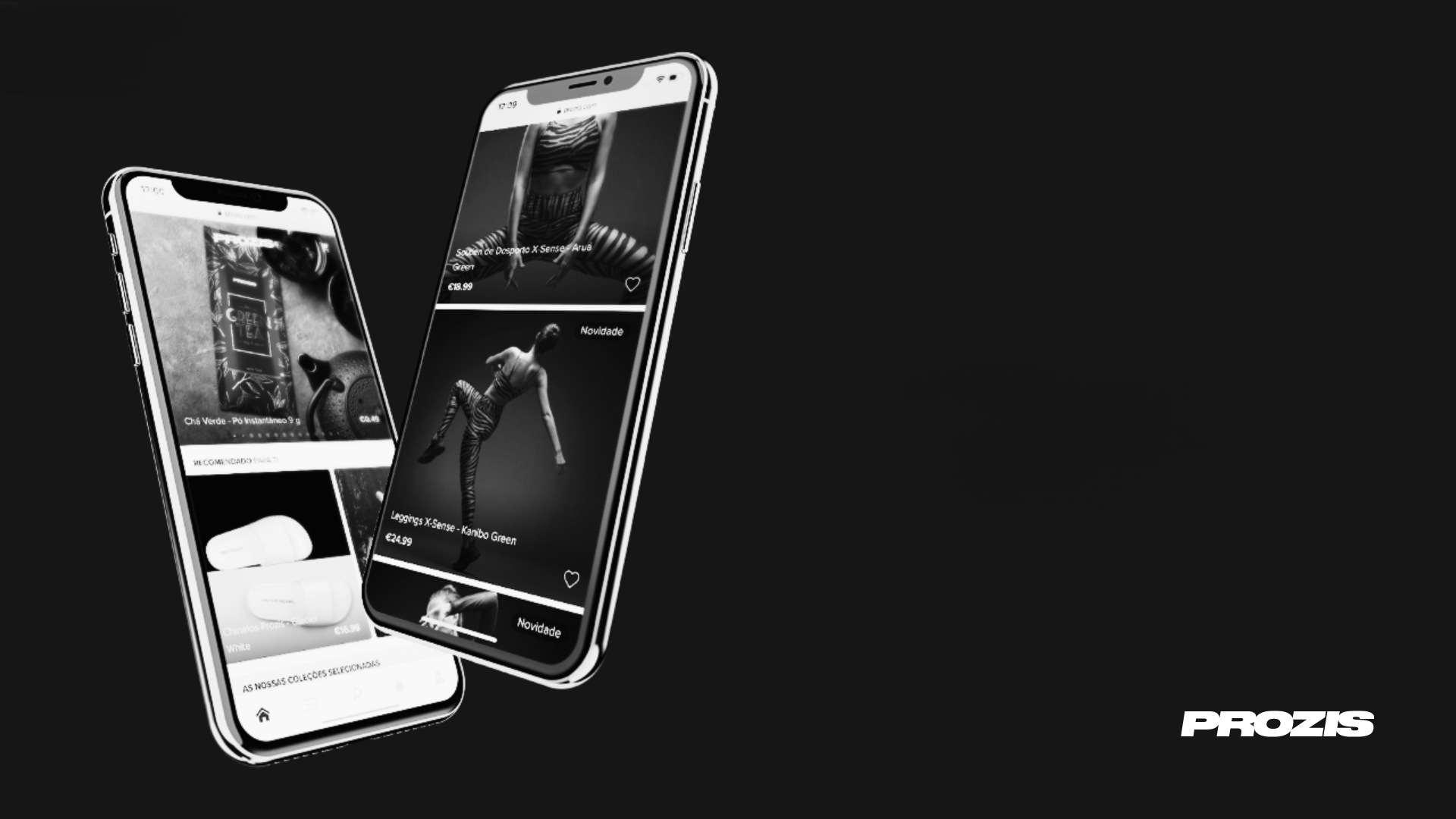
ProzisDesign Leadership, Product Design, Design Systems
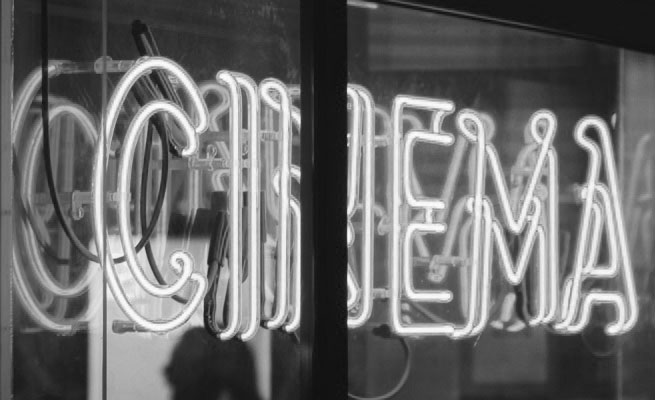
The Scene ClubAndroid App
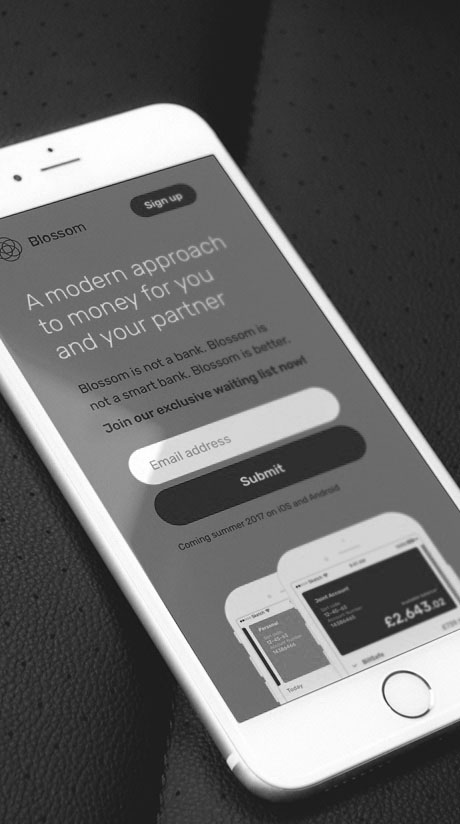
BlossomMobile App & Landing Page
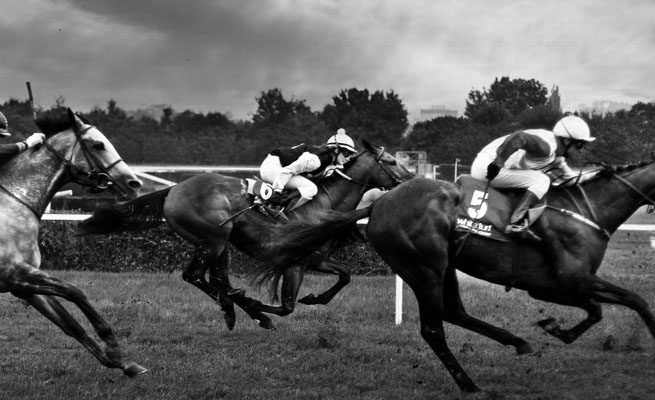
Betfair ExchangeWeb App
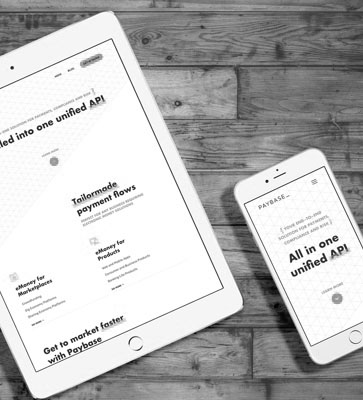
PaybaseWebsite & Branding

EY MobilityWeb App
Made with ❤️ by Sónia Gomes @2024
Made with ❤️ by Sónia Gomes @2024
Get in touch! 
